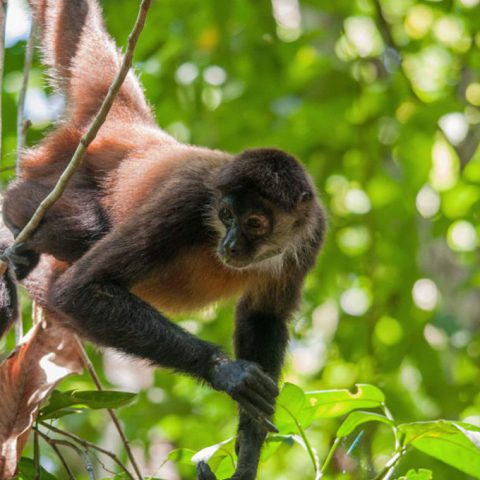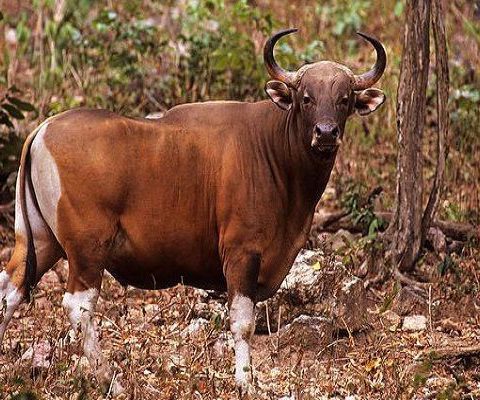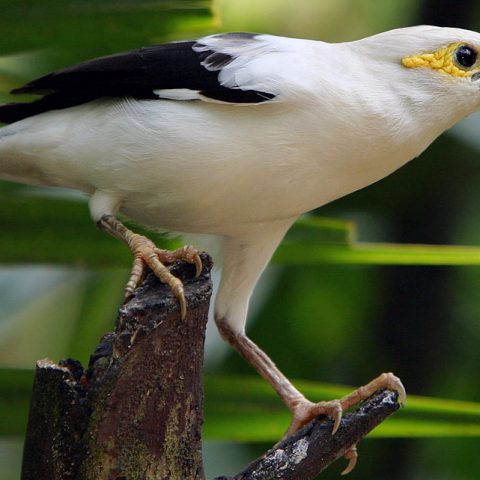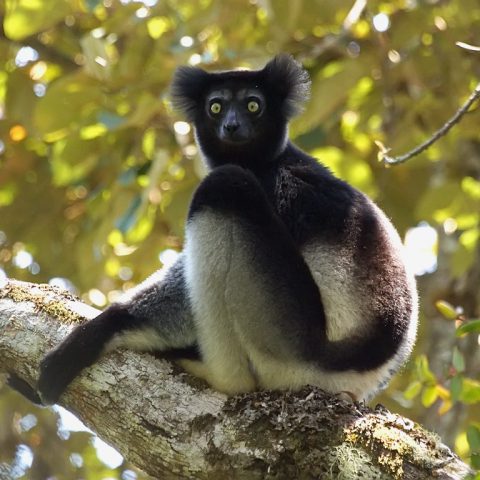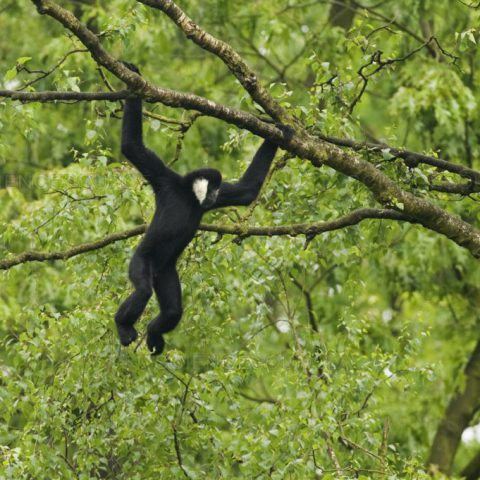Chinese Giant Salamander
![]() Critically Endangered
Critically Endangered
Population
Less than 50,000 remain
Size
Up to 1.8 metres length
Weight
25 to 50 kg
Countries
China
Distribution
The current population of wild Chinese Giant Salamanders (Andrias davidianus) is estimated to be less than 50,000. It is believed that the farmed population is over 2,000,000. The breeding stock that is used is often wild animals or first generation. It appears difficult to breed through numerous generations.
The Chinese Giant Salamander was once widespread through central, south-western and southern China, however the species range is very fragmented. The species can be found:
- From Qinghai east to Jiangsu
- Jiangsu south to Sichuan
- Guangxi
- Guangdong
Most notable areas are in the basins of the Yangtze, Yellow and Pearl rivers.
The species has also be introduced into Taiwan and Japan. The species presents a threat to the native Japanese Giant Salamander as the species hybridise.
Description
The Chinese Giant Salamander has a very large head with small eyes, while sporting dark and wrinkly skin. The head is flat and broad and has a wide mouth with, round lidless eyes.
The colour is usually dark brown with a speckled pattern, but it is known to be of other tones of brown, black and even red. Albinos of the species are known to exist which are white or orange.


Quick Facts
- The Chinese Giant Salamander is a territorial animal. The average territory is around 40 square metres for males and 30 square metres for females.
- Breeding occurs between July and September and will only occur when the water temperature reaches 20 °C
- The species lays 400 to 500 eggs in an underwater breeding cavity. This will be guarded by the male until the eggs hatch in around 50 to 60 days. The eggs are around 7 to 8 millimetres in size and grow throughout the process by absorbing water
- When hatched, the larvae are 3 centimetres long and they will grow up to 20 centimetres until the age of 3. Maturity is reached around ages 5 to 6 and a length of 40 to 50 centimetres. From here the animal will continue growing and is estimated to live up to around 60 years of age
- The species does vocalise making a range of sounds including barking, whining, hissing and crying sounds which can bare resemblance a human child
- Insects
- Millipedes
- Horsehair worms
- Amphibians – frogs and other salamanders (including cannibalism)
- Freshwater crabs – these feature as their most popular food
- Shrimp
- Fish
- Asiatic Water Shrew
The Chinese Giant Salamander has very poor eyesight, so the species relies on special sensory nodes which run in a line on the body from head to tail. These allow the animal to sense the slightest vibrations around them.
The species feeds mostly in the early evening into the early night. The water temperature also plays apart in the species feeding, with many stopping feeding when water temperatures rise above 20 °C and if the water temp reaches 28 °C feeding will entirely stop for all animals while 35 °C is lethal.
The Chinese Giant Salamander is entirely aquatic and lives in rocky hill streams and lakes which have clear water. In these habitats, the animal mostly lives in dark muddy or rocky crevices along the banks. The main source of wild habitat is in forested areas between altitudes of 100 to 1,500 metres with the majority being found between 300 to 800 metres.
When living in streams, the species prefers streams with small width, a quick flow and on average around a metre deep, while nesting streams flow a lot slower. On top of these habitat requirements, the Chinese Giant Salamander also requires habitat which has rocky, irregular streams beds containing lots of gravel, small rocks and vegetation.
The species is also known to live in subterranean rivers.
- Habitat destruction – via mining and other human influences. Before the year 2000 it was believed that 90% of species habitat was already destroyed. Industrialisation effects streams where the species lives. Dams are also effecting the habitat as it causes streams to dry up or become still
- Deforestation will cause siltation which degrades Chinese Giant Salamander habitat and make the water quality to poor to support them with adequate oxygen
- Overhunting / Over harvesting – over 100 salamanders are hunted illegally every year in the Hunpingshan Natural Nature Reserve alone. The species is very easy to hunt and the penalties for illegal are incredibly light (only 50 yuan)
- Ranavirus infection – this causes servere hemorrhaging in the speices, it is also known as the Chinese Giant Salamander Iridovirus (GSIV)
- Human Consumption – the species is considered a luxury food item as well as being a part of traditional Chinese medicines
- Climate Change – Changes in Water Temperature greatly effect the species. As the animal is particular about the temperature of the water in which they feed in
Conservation Efforts
Many efforts have been made to provide safe nature reserves to conserve the species. This has not been overly successful due to the unique conditions the species requires.
Chinese Giant Salamander Conservation Programme
The Chinese Giant Salamander Conservation Programme is a wonderful organisation which works hard at trying to preserve the wild population of the species. Some of the activities that the organisation undertakes are:
- Conservation of habitat
- Monitoring of the population
- Disease Mitigation
- Researching the species genetics
- Conservation Breeding
- Education and raising awareness



